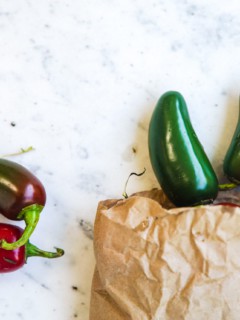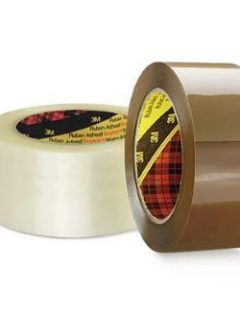Today, paper packaging is a symbol of sustainability – and plastic, on the other hand, is often perceived as an enemy of the planet. But is it really that simple? The environmental friendliness of packaging is not black and white. For a company to choose a truly responsible solution, it needs to look deeper: at the carbon footprint, the recycling options, but also the purpose of use. At RAJA, we know packaging materials in depth – we bring you a comparison of both options without prejudice.
♻️ Paper: natural, recyclable but…
Advantages:
-
Paper comes from renewable sources (e.g. FSC®, PEFC™ certification).
-
It is well recyclable – even several times in a row.
-
In the eyes of customers, the paper is a symbol of the “eco approach”.
Disadvantages:
-
Paper production is water and energy intensive.
-
Paper packaging is not always durable enough – it loses strength when wet.
-
When packaging fragile goods, it may be necessary to use multiple layers – increasing material consumption.
For lightweight products or textiles, paper packaging is an excellent choice. However, if you’re packing heavier items or sending goods into a humid environment, paper can be a limitation.
Plastic: efficient, lightweight but perceived negatively
Pros:
-
Lightweight – lower transport carbon footprint.
-
It is waterproof, strong and often protects goods better (e.g. bubble wrap, stretch film).
-
Can be recycled multiple times with the right system.
Disadvantages:
-
It has a “bad name” in the public eye.
-
If it is not sorted properly, it often ends up in landfills or in nature.
-
Some types of plastics are only recyclable to a limited extent (e.g. mixed or multi-layer films).
When shipping electronics or heavy engineering parts, plastic is often the safest choice – it will prevent damage even in harsh conditions.
What does ecology and carbon footprint say?
-
The life cycle of packaging is key. Plastic can have a lower climate impact than paper – if it is recycled and reused.
-
The volume and weight of the packaging is also important. Plastic filling can be smaller in volume and weight → lower transport costs = lower CO₂ emissions.
-
It is best to choose the material according to the purpose. There is no universally “greenest” packaging. It is wise to seek a balance between functionality, material and recyclability.
✅ How to choose sustainably?
Choosing the right packaging is always a trade-off between product protection, environmental impact and economic efficiency. At RAJA, we help our customers find the best balance with regard to the type of goods, the mode of transport and specific needs.
-
Prioritize recycled and recyclable materials if the nature of the goods and logistics allow it. However, the functionality and safety of the packaging should always be taken into account.
-
Choose packaging from responsible sources (e.g. FSC® certification, use of recyclates), but always taking into account the overall environmental impact and the availability of recycling infrastructure in your region.
-
Minimise unnecessary packaging and filling materials, but never at the expense of product protection, which could lead to increased waste from claims or damaged shipments.
-
Consider combinations of materials to ensure both optimum protection and easy recyclability – for example, a cardboard exterior with a plastic filler that is highly protective but also recyclable.
When it comes to ecology, it’s not enough to just ‘look green’ – it’s important to think in context. At RAJA, we help companies choose packaging that makes sense both environmentally and economically. Whether you reach for paper or plastic, the key is making a conscious decision and managing your waste correctly.














